Discovering Final Fantasy VII Rebirth: A Thrilling Sequel
Final Fantasy VII Rebirth, the highly anticipated sequel to the 2020 Remake, impresses with its captivating Synergy Skills, dynamic combat, and open-world exploration, promising an exciting continuation of the beloved series.
When Final Fantasy VII Remake graced our screens in 2020, it was like the culmination of an impossible dream for fans who had yearned for its existence for years. Not only did it appear to be willed into being by the relentless requests of the fanbase, but it also managed to meet the lofty expectations set by its overwhelmingly positive reception. With the addition of a compelling story expansion in the form of Intermission, centered around the enigmatic Yuffie, the franchise was propelled by a wave of excitement towards its second chapter, aptly titled "Rebirth." To offer a glimpse into the sequel's development, I embarked on a visit to Square Enix's Los Angeles studio, where I had the opportunity to play two distinct segments of Final Fantasy VII Rebirth: a flashback sequence recounting the ill-fated Mt. Nibel mission and an open-world exploration in the outskirts of Junon.
A Nostalgic Flashback: Mt. Nibel Mission
My first encounter with Rebirth transported me to a shorter, more linear segment set years before the events of Remake. In this scenario, Cloud still served as a member of SOLDIER, embarking on an ascent of Mt. Nibel under the guidance of Tifa. Accompanying them was Cloud's mentor and eventual nemesis, Sephiroth, who had yet to descend into madness. Interestingly, this younger Cloud displayed an uncharacteristically cheerful demeanor. The group's objective was to reach a mako reactor situated at the summit of Mt. Nibel, engaging in numerous monster battles along the way.
Rebirth's gameplay mechanics remained faithful to those of Remake, offering an engaging blend of stylish action and turn-based combat. However, the sequel introduced a captivating addition known as "Synergy Skills." These special attacks harnessed the combined power of two party members, unleashing spectacular tag team assaults, contingent on the availability of an ATB (Active Time Battle) bar. For example, one of Cloud and Sephiroth's Synergy Skills, "Dualblade Dance," unfolded as a cinematic display of synchronized swordplay, leaving their target in tatters. Some Synergy Skills leaned towards defense, as evident when Aerith partnered with Cloud or Barrett, using "Bodyguard" to shield her partner while she unleashed ranged attacks.
The inclusion of Synergy Skills encouraged players to experiment with various party compositions. Moreover, Rebirth introduced the convenience of saving preset party lineups, facilitating swift in-game transitions between different character combinations without the need to navigate cumbersome menus.
However, this didn't diminish Cloud's role in combat, as he remained a formidable hero in his own right. He could fluidly transition between the balanced approach of "Operator Mode" and the brute force of "Punisher Mode." Wielding his iconic Buster Sword, players could access a range of abilities, including the powerful "Braver" and "Cross Slash."
Considering the pivotal nature of this flashback within the overarching narrative, this segment leaned more toward a story-driven experience, reminiscent of the corridor-like levels from Remake. Amidst the climb and scaling of cliff walls with platformer-style handholds, my primary objective was to engage in combat encounters while absorbing the banter between Cloud and Sephiroth. The most notable departure from this formula was an environmental puzzle requiring the activation of an elevator by clearing mako gas from a confined area using a cumbersome air purifier. Although not the most exhilarating sequence, it served as a brief diversion from the relentless monster-slaying.
Fortunately, the highlight of this segment arrived in the form of a thrilling battle against the area's boss, the multi-legged "Materia Hunter." This battle proved to be intricate, with the creature scaling the ceiling at one point, necessitating the use of magic to force it back to the ground. The encounter seamlessly blended cinematic moments with playful exchanges between Cloud and Sephiroth, creating a memorable experience.
With an array of offensive options including standard attacks, stance changes, character-specific abilities, magic, Limit Breaks, and now Synergy Skills, Rebirth presented players with an overwhelming range of choices in combat. The chaos of battle, characterized by a symphony of dazzling special effects, occasionally made it challenging to discern the unfolding action. However, the tactical mode, which allowed players to pause the action to carefully select commands, remained a valuable tool for maintaining control amid the chaos. For those who relished Remake's high-octane action, Rebirth elevated the spectacle even further.
Venturing into an Open World: Under Junon Exploration
The subsequent demo transported me to an open-world coastal section situated outside the city of Junon, specifically in the peaceful fishing village known as "Under Junon." This time, I had the full party at my disposal, comprising Cloud, Tifa, Aerith, Barrett, and the now-playable Red XIII. Although traversing on foot was an option, I opted to summon a fleet of chocobos by pressing R1, leading to a comical sight as Red XIII awkwardly mounted his feathered steed. Chocobos not only expedited ground travel but also enabled traversal across certain bodies of water to reach islands teeming with valuable treasures. Moreover, they possessed the ability to locate and excavate buried treasure, indicated by a question mark icon above their heads. Commanding the chocobo to investigate involved holding up on the D-pad, while pressing R3 honed in on the scent trail, guiding the bird to the precise location for excavation.
While the main quest directed me towards Under Junon, I couldn't resist the temptation to explore the exquisitely detailed world. Much like Remake, the game exuded an air of opulence, with every destination and combat encounter radiating meticulous attention to detail and an abundance of particle-heavy visual effects. Rebirth remained visually stunning, even when opting for the lower-resolution 60 fps Performance mode instead of the 4K visuals of Quality mode.
During my exploration, I stumbled upon "World Intel missions." Venturing into designated zones triggered the appearance of a mysterious, A.I.-like entity named MAI, who issued challenges to defeat specific enemies in order to gather data. Successfully vanquishing these designated foes yielded rewards such as gear and crafting materials, with additional incentives for achieving objectives like winning battles within a time limit or pressuring and staggering the enemy. While the narrative context of these missions remained elusive, it appeared that they held potential significance, potentially unveiling their purpose upon the game's launch.
Speaking of crafting, Rebirth introduced a new menu feature known as the "Item Transmuter." This tool allowed players to convert collected materials into valuable items, including various health potions and phoenix downs. The act of transmutation earned experience for the transmuter, potentially
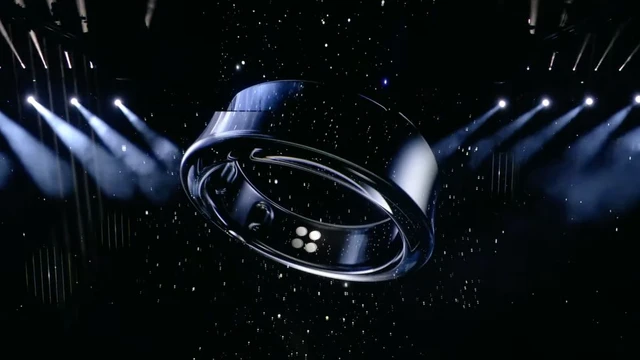


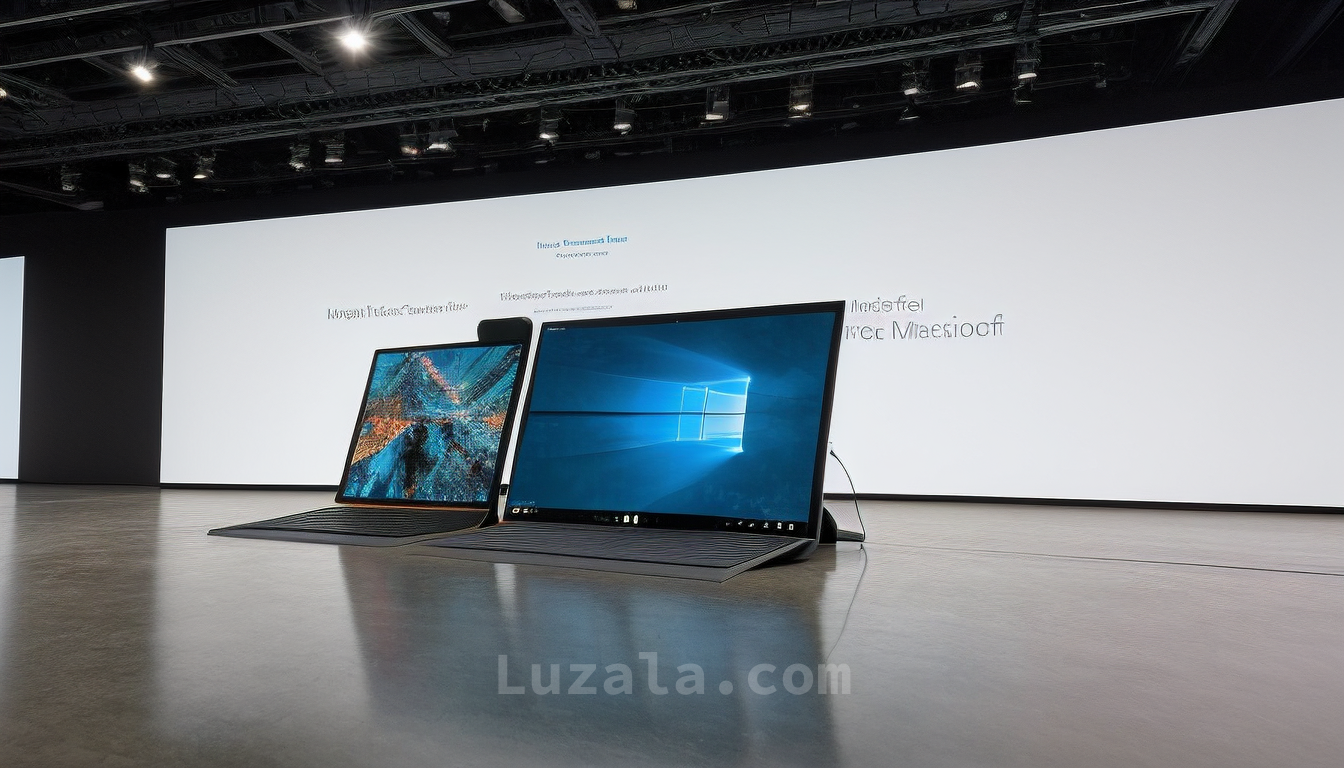
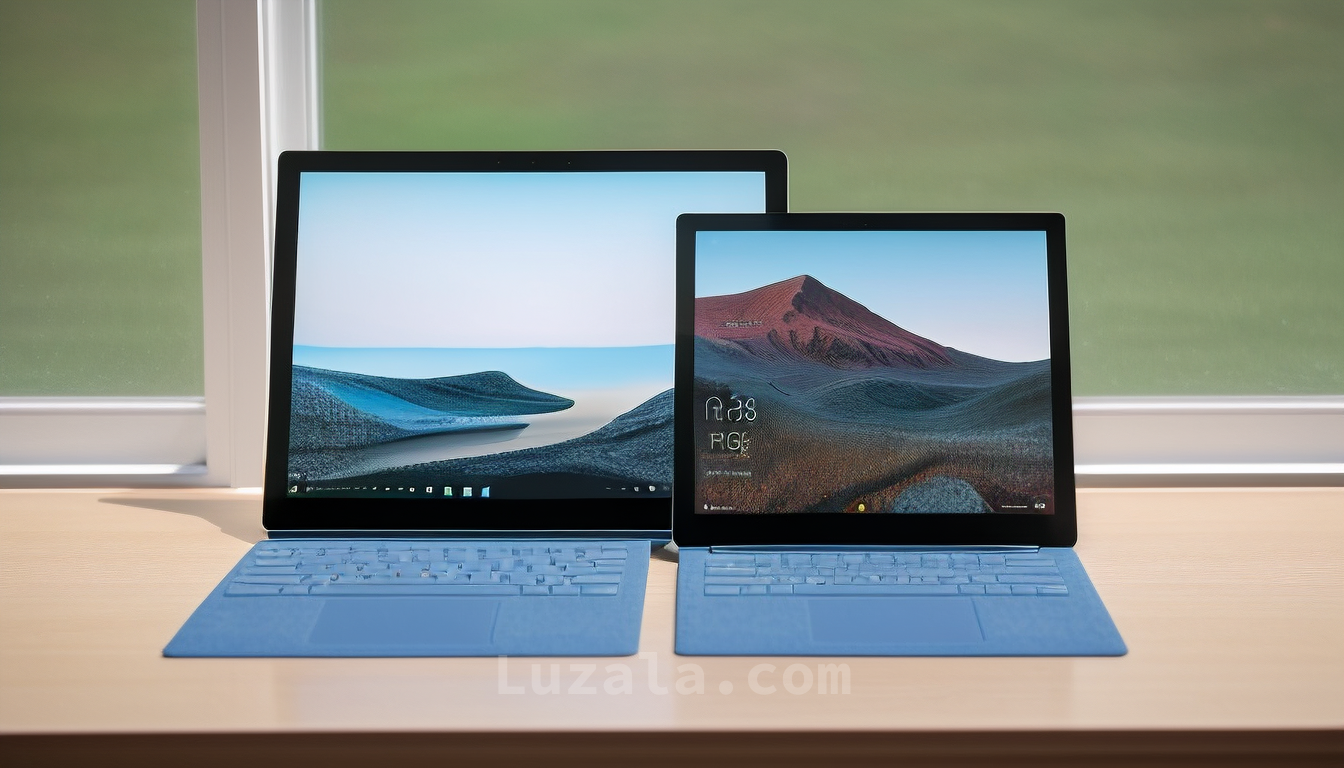

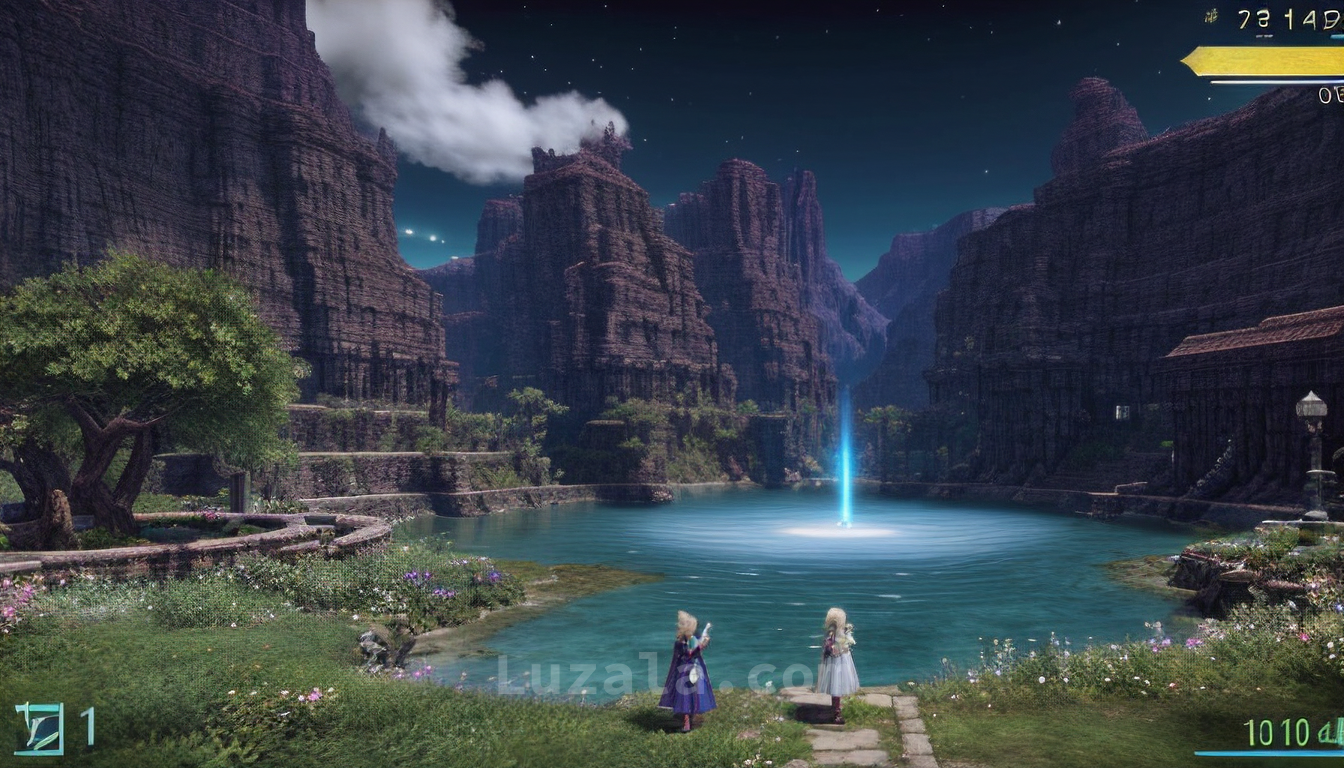

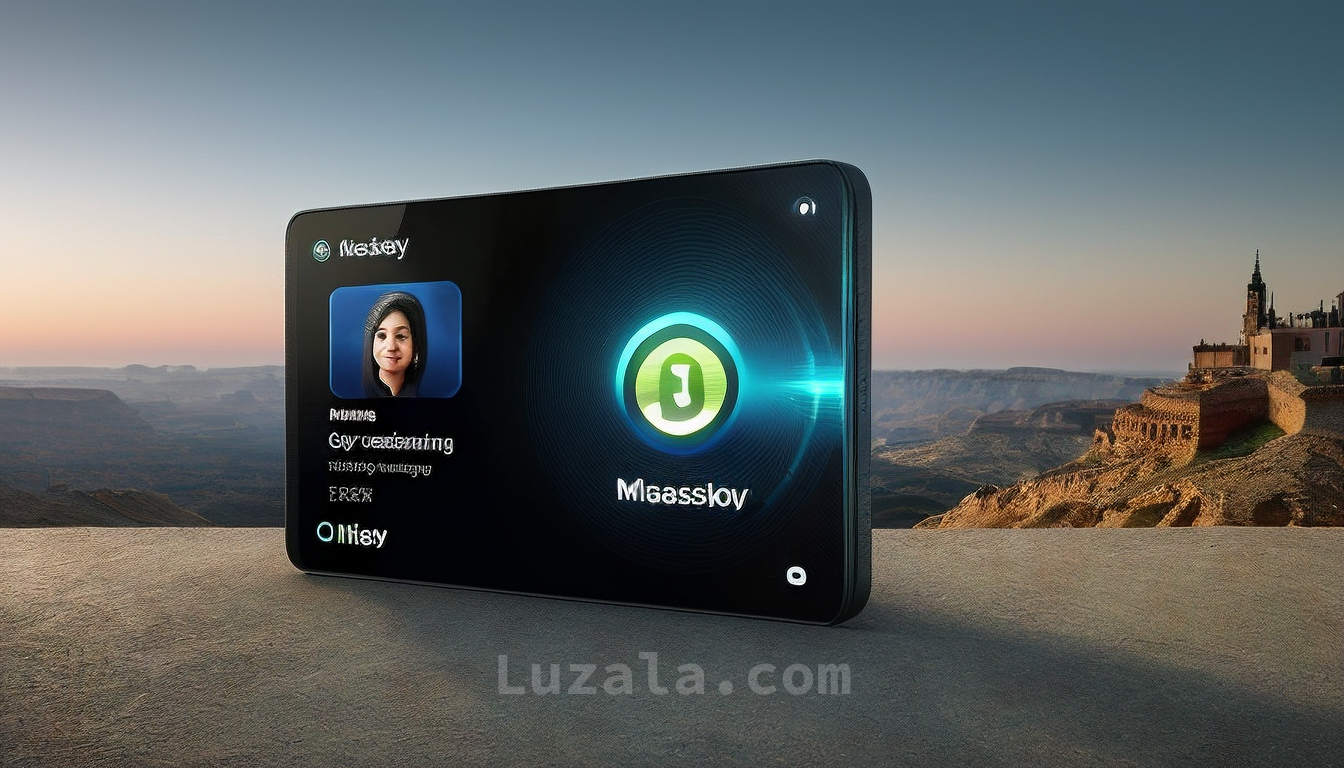
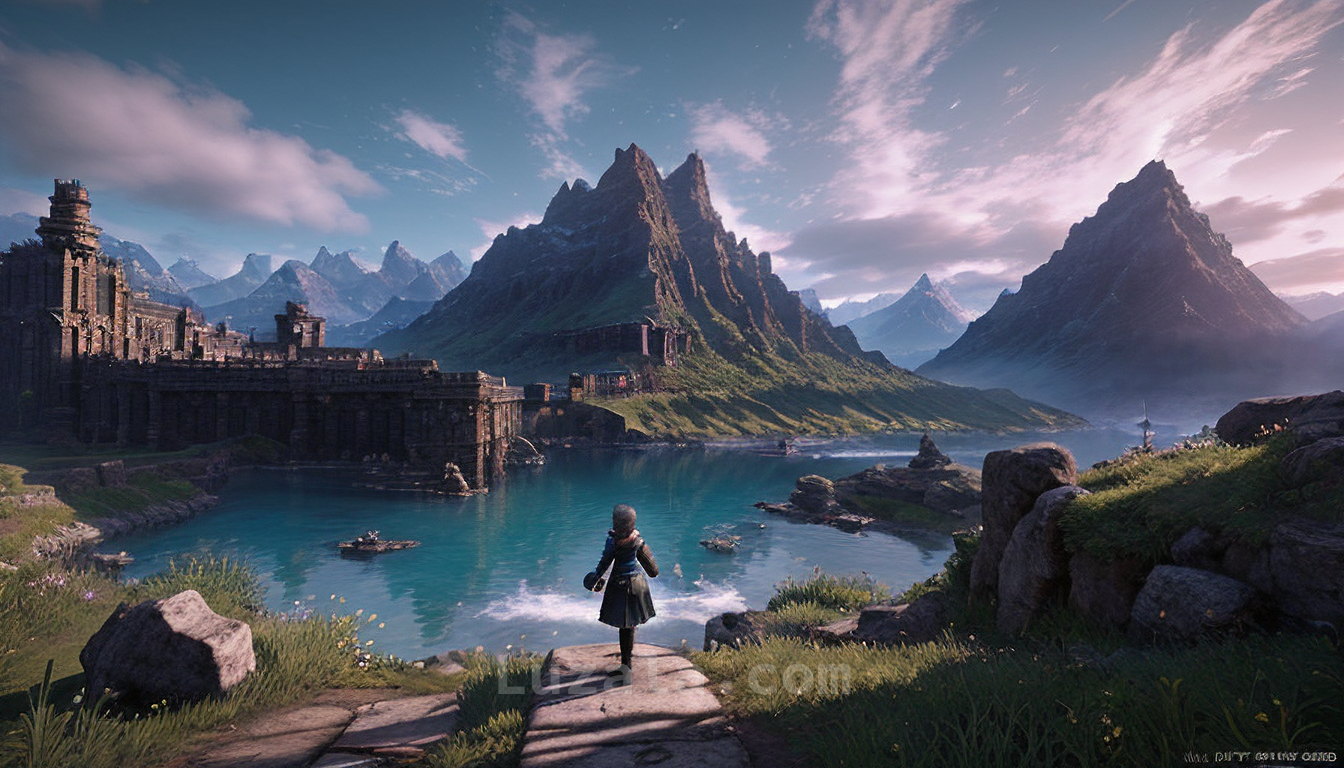





Comments